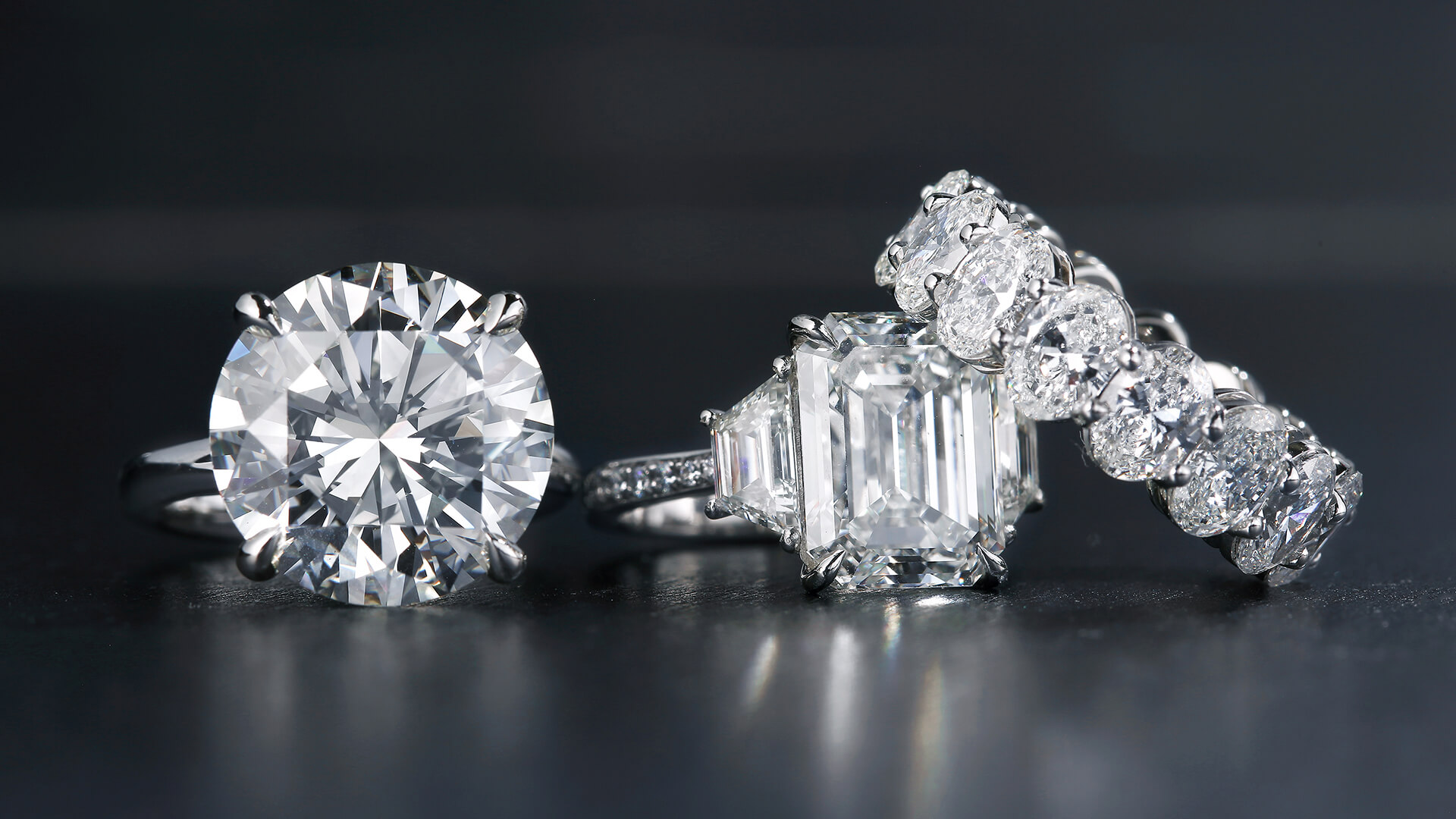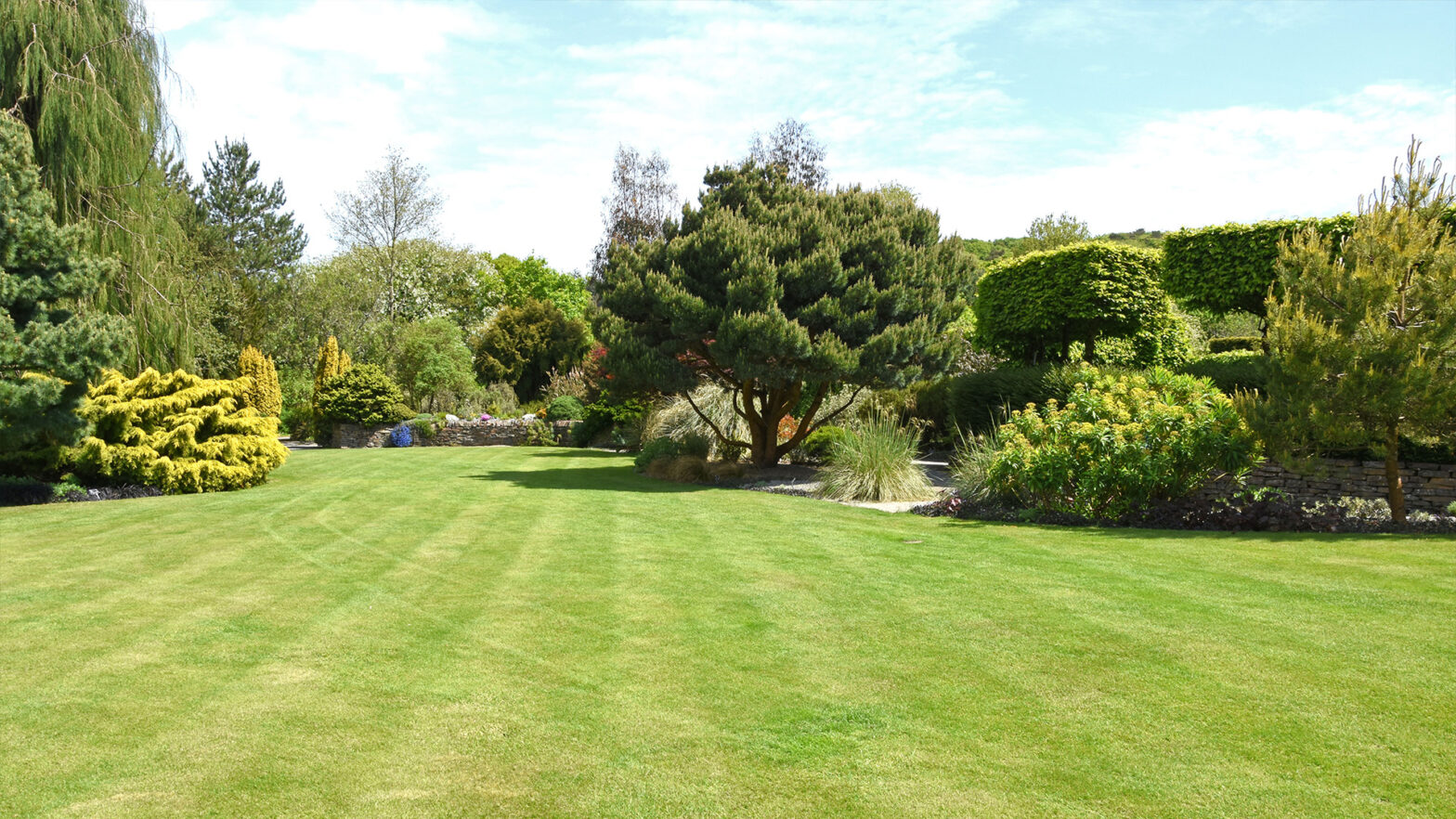
Not everyone has a budget or taste for a mined diamond. Some people are environment-conscious and would prefer eco-friendly jewelry options. Others value uniqueness, and since diamonds are quite popular, they would rather go for something uncommon, rare, and classy.
Regardless of your reasons for choosing a diamond alternative, there are several jewelry trends and options you can choose from. Below, we’ve rounded up the five diamond alternatives to consider when shopping for an engagement ring, a bracelet, or a necklace.
1. Moissanite
First discovered in 1893, moissanite is a gemstone composed of silicon carbide. Natural moissanite is rare, and it’s believed to be from space. This means that all the commercial moissanite jewelry in the market is lab-created. Compared to a mined diamond, moissanite has a high refractive index of 2.6 compared to diamond (2.4). This feature makes moissanite’s light performance or brilliance very different from that of a diamond.
Moissanite is often considered colorless when it comes to color; however, they sometimes come with a gray or yellowish hue. The cost of moissanite jewelry depends on the quality of the lab-created gemstone. At the market level, moissanite is separated into two distinct quality levels: premium and super-premium. Unnamed moissanite jewelry falls under general quality.
2. White Sapphire
White sapphire is one of the popular elements used in jewelry making. This stone is white, and unlike blue sapphires, it has great brilliance. White sapphire is also hard and durable, making it resistant to scratches and damage. However, this metal lacks behind diamond in terms of brilliance, durability, and overall impression.
Some popular personalities known to own or have worn sapphire rings include Princess Diana and American pop singer Katy Perry. Each of them wore a sapphire cluster ring surrounded by diamonds at one or more instances. This is a clear indication that white sapphire is a popular option that has gained the attention of top celebrities and influential people in history.
Compared to moissanite, white sapphire is cheaper. It also resembles a diamond and is often used to make engagement rings and other jewelry. Love & Promise Jewelers have broken down the key differences between White Sapphire and Moissanite, helping you pick the right product to suit your needs.
3. Emeralds
Emerald is one of the rarest gemstones, thanks to its treasured history, distinct green color, and unmatched brilliance. Like the morganites and aquamarines, emerald is formed when chromium, iron, and vanadium are present in the beryl stone. High-quality, naturally mined emeralds are valued and priced similar to diamonds with comparable specs.
The emerald has a rich and well-preserved history among the many valued gemstones, making it a rare and timeless piece. The next time you are shopping for a jewelry piece for your partner, consider buying an emerald ring or necklace instead of gold or diamond. Additionally, legend has it that wearing emeralds gives you the ability to foresee the future. It’s also believed that metal has the power to protect against evil and cure diseases.
4. Cubic Zirconia
Cubic zirconia (CZ) is a popular diamond alternative that gained popularity in the jewelry industry in the late 1980s. CZ is lab-created due to its limited natural supply. Zirconium oxide, the mineral that creates cubic zirconia, was discovered in 1892, but it wasn’t until 1938 that two German scientists found that the element formed cube-like crystals when melted.
Due to their relatively low price and close resemblance to diamonds, CZ has become a popular option for those on a budget. But unlike diamond, which is durable, cubic zirconia is prone to chipping and scratches. This gemstone is also softer than moissanite, but both have an almost-identical brilliance.
Since CZs are lab-created, it’s possible to achieve different colors and even control colorlessness. That way, several cubic zirconia jewelries replicate the look of rare diamonds at a fraction of the price.
5. White Topaz
White topaz is another great alternative to diamond jewelry, known for its glassy appearance and depth. White topaz is a variety of topaz considered the purest and most valuable. This gemstone can also be treated in the lab to obtain other desirable colors.
As far as brilliance is concerned, white topaz isn’t as bright as white diamonds. The presence of impurities in the stone also affects its color and light performance. And since white topazes are common, they cost a fraction of the diamond price. If you are on a budget and looking for a variety of colored jewelry, white topaz could be your best bet.
The only downside is that white topaz is softer than cubic zirconia, moissanite, and white sapphire. This makes the jewelry susceptible to scratching and chipping; hence it’s not one of the best picks for engagement and promise rings.
Conclusion
Some people dream of owning diamond jewelry, but they do not have a budget for it. Others can buy the diamond piece, but they opt for the more environment-friendly or less-expensive alternative. Whichever the case, the market has lots of options you can choose from.
When buying an engagement or promise ring to be worn daily and for the longer term, always go for the more durable alternatives like moissanite and white sapphire. If you want a more affordable diamond alternative to be worn on special days and occasions, cubic zirconia or white topaz will do.
Regardless of what you want, whether an engagement ring, a bracelet, earring, necklace, or brooch, you will always find a diamond alternative. Always do your own research before picking jewelry, and always buy from a reputable merchant.




















